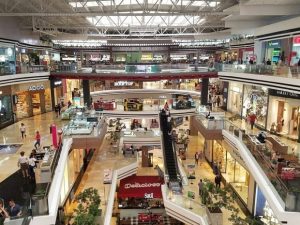
As American malls are failing, Latin American malls seem to be thriving. Social and economic factors appear to be the key. The good news for American retailers is that those who retrofit based on the resurgent Main Street model will be best positioned to capitalize on changing trends.
“…fear of violent crime and a relative lack of high-quality urban environments are also factors in the Latin American mall boom … malls provide a safe place to shop, and mall managers invest heavily in security. Combine this with the lack of reliable mail and home delivery service that hampers the e-commerce sector and there isn’t much competition for Latin America’s rising middle-class shoppers.
In most U.S. cities, on the other hand, violent crime has fallen dramatically over the last 25 years, and walkable urban neighborhoods that boast restaurants, bars, salons, and “experiential retail” are thriving. In this sense, the decline of the North American mall reflects a positive trend: The Main Streets that malls once menaced are coming back. Such amenity-laden neighborhoods are also in a better position than suburban malls to fend off the threat of online shopping.
In the U.S. and Canada, malls are still overwhelmingly anchored by major retailers like Sears, JC Penney, and Macy’s. And as the fortunes of these department stores have declined, they’ve dragged the malls they’re attached to with them. In Latin America, on the other hand, a whole variety of businesses act as anchors. Grocery stores are common in Latin American malls and are often situated at the end of long corridors lined with smaller shops, creating a steady flow of foot traffic.
When we feel nostalgia for malls, maybe what we’re really feeling is nostalgia a time when incomes were rising and the quality of life of average people was improving.”